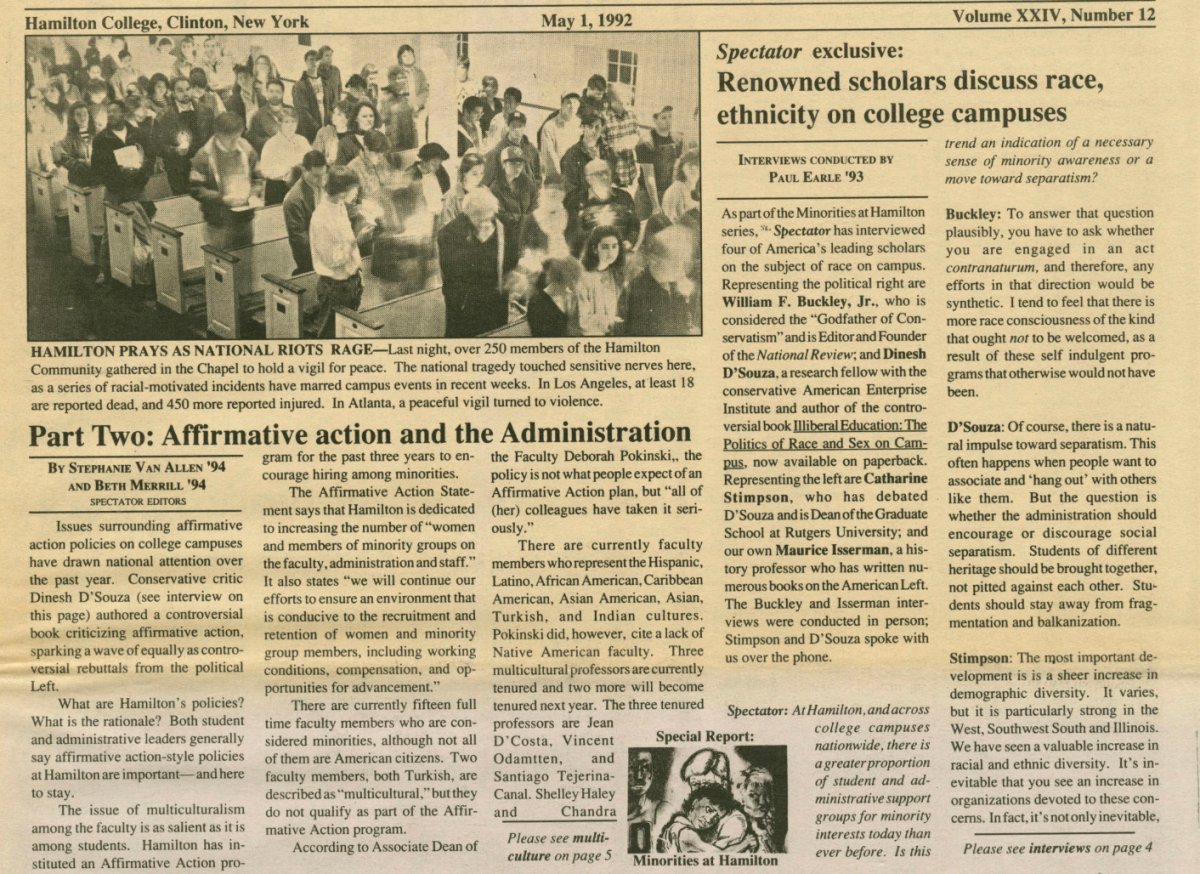
We have reached that time of year again. Days filled with pink and red, store bought cards, chocolate in heart shaped packages, and flowers — Valentines Day. As any holiday focused around love and relationships will be, it is often criticized and deemed a “Hallmark Holiday.” This term is predominantly used in the United States to describe a holiday that is perceived to exist primarily for commercial purposes rather than commemorating a historically or traditionally important event. This term is usually used to describe Valentine’s Day, Mother’s Day and Father’s Day.
While these critiques may be cynical, they are not incorrect. There is no exact origin of Valentine’s Day but it is believed to originate in Ancient Rome. The Romans celebrated the festival of Lupercalia from Feb. 13 to 15, a time when men would hit on women by, well, hitting them. Men would sacrifice a goat or a dog and whip women with the hides of said animals. The women would actually lineup for this beating believing that it would make them more fertile. To add to the insanity, there would be a lottery of the women where men would pick a name from a jar and he and said female would be coupled for the remaining of the festival.
The Romans may even be responsible for the name of the holiday. The Emperor Claudius II executed two men, both on Feb. 14, both named Valentine, throughout the third century A.D. The martyrdom of these men was then commemorated by the Catholic Church naming the day Saint Valentine’s Day.
This was then romanticized by writers such as Chaucer and Shakespeare in their works and gained popularity in Great Britain and the rest of Europe. As it made its way to the New World, the exchange of hand-made paper cards in celebration of the holiday gained popularity — cue the industrial revolution and the factory-made cards of the nineteenth century. This reached a pinnacle in 1913 with the creation of Hallmark Cards of Kansas City, M.O. and the mass production of Valentine’s Day cards.
CNBC
found that Valentine’s Day brought in a total of $19.6 billion to commercial businesses. In the case of Mother’s Day the website Fortune estimated that in 2016 there was $21.4 billion spent on the holidays. Similarly, they estimated that, in 2017, there was $15.5 billion spent on Father’s Day. In many ways, this may seem like a senseless amount of money spent on a holiday with no distinct historical meaning that should make the day so popular.
Even temporarily putting aside the monetary impacts of this frivolous holidays, the impact of Valentine’s Day, Mother’s Day, and Father’s Day on the mental health of U.S. citizens can not be ignored. Everywhere from college campuses to grade schools, there are children and young adults who are inundated with valentines and those who are not. While many wish they could return to the glory days of second grade when it as required that if you brought Valentine’s Day cards, you must have one for each member of the class, this changes as time goes on. Before long you are in high school and Valentine’s transition from an excuse to eat candy and be creative with what Spongbob or puppy valentines you find in Walmart to an expression of affection for either a loved one or in attempt to show your affection for a crush. For those who do not recieve chocolates, flowers, or a teddy bear on Valentine’s Day, each passing peer beladen with gifts can be percieved as another affirmation that they are not worthy of that same attention. It becomes a competition of who got the most rather than a celebration of the spirit behind the giving, which as cheesy as it may seem, is love.
On Mother’s Day and Father’s Day, couples are expected to help children buy the parent a gift. Usually these consist of hand-decorated mugs and cards. While cute in a sense they really do not do anything other than affirm motherhood or fatherhood, something that every day life already does quite well. For those couples who have tragically had children pass or are unable to have children, a day dedicated solely to celebrating fertility and mother/fatherhood can be detrimental.
That being said, tragedy or loss can be associated with any holiday; this is simply a tragedy of life, not something exclusive to those days. It is easy to get lost in the cycle of everyday life and forget to appreciate the loved ones surrounding you. Although people criticize these so-called “Hallmark Holidays,” they remind us to take a step back and acknowledge the important people in our lives, whomever they may be.
In the world in which we currently live, there is an irrational amount of death, tragedy, and corruption, so should we not take any opportunity to celebrate each other? And if nothing less, simply to celebrate in general, anything, for any reason?
Nihilistic attitudes towards the holidays aside, I think it is always nice that we are able to look for things to celebrate and share with each other.

















